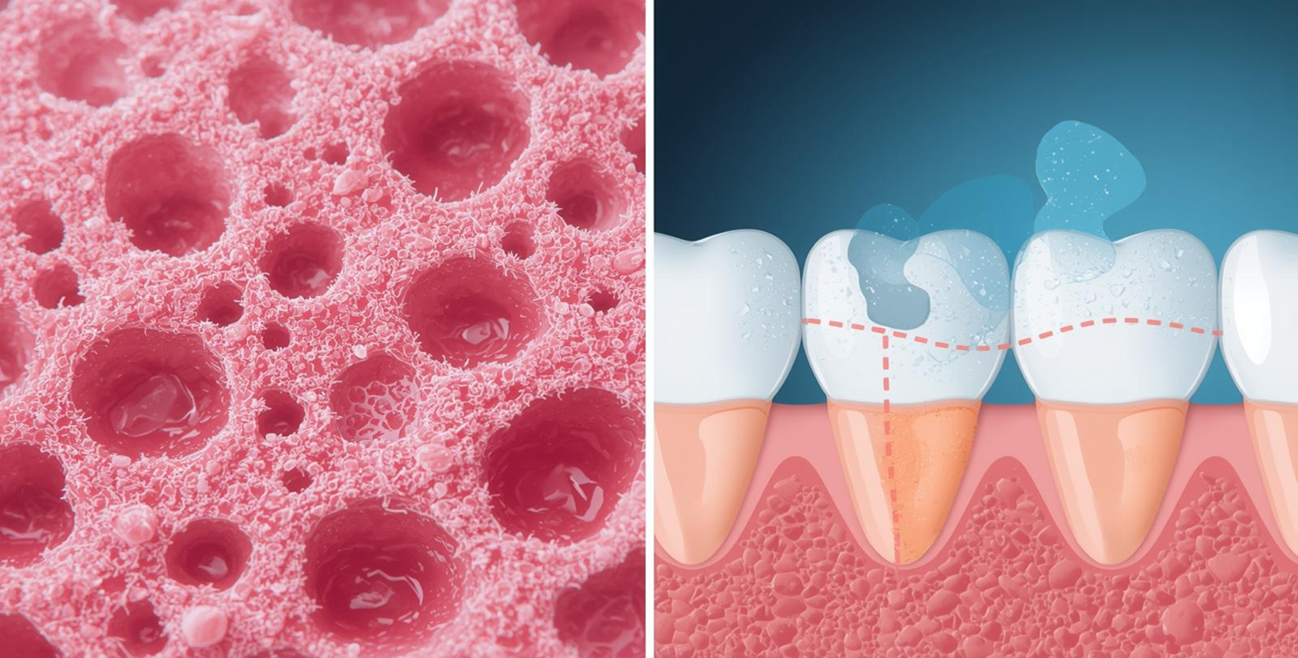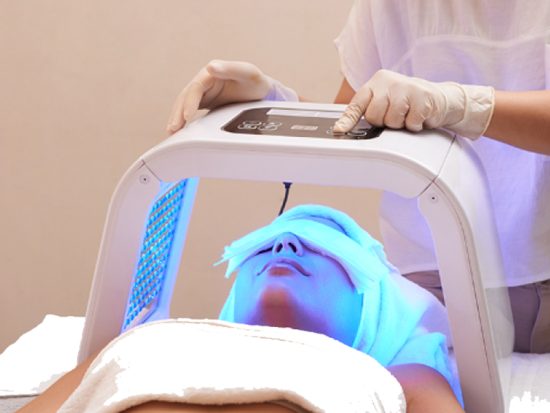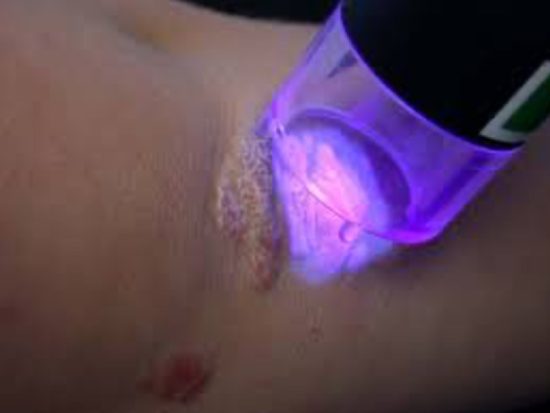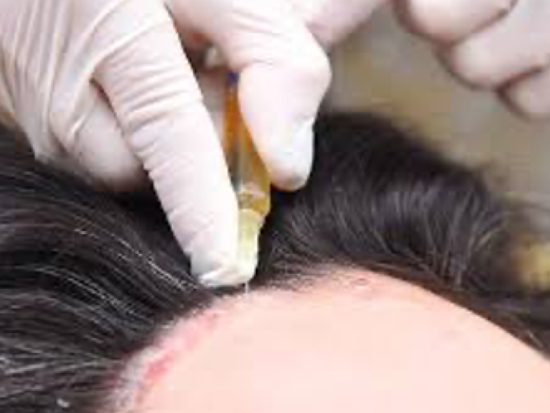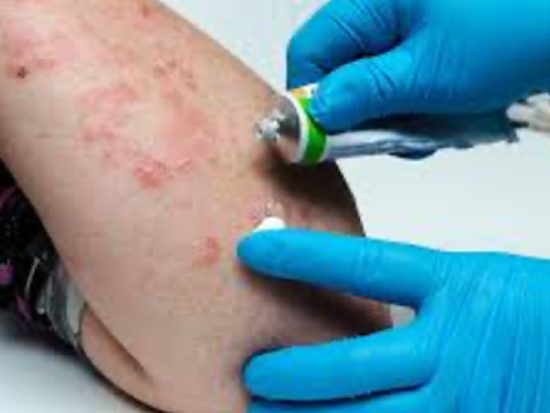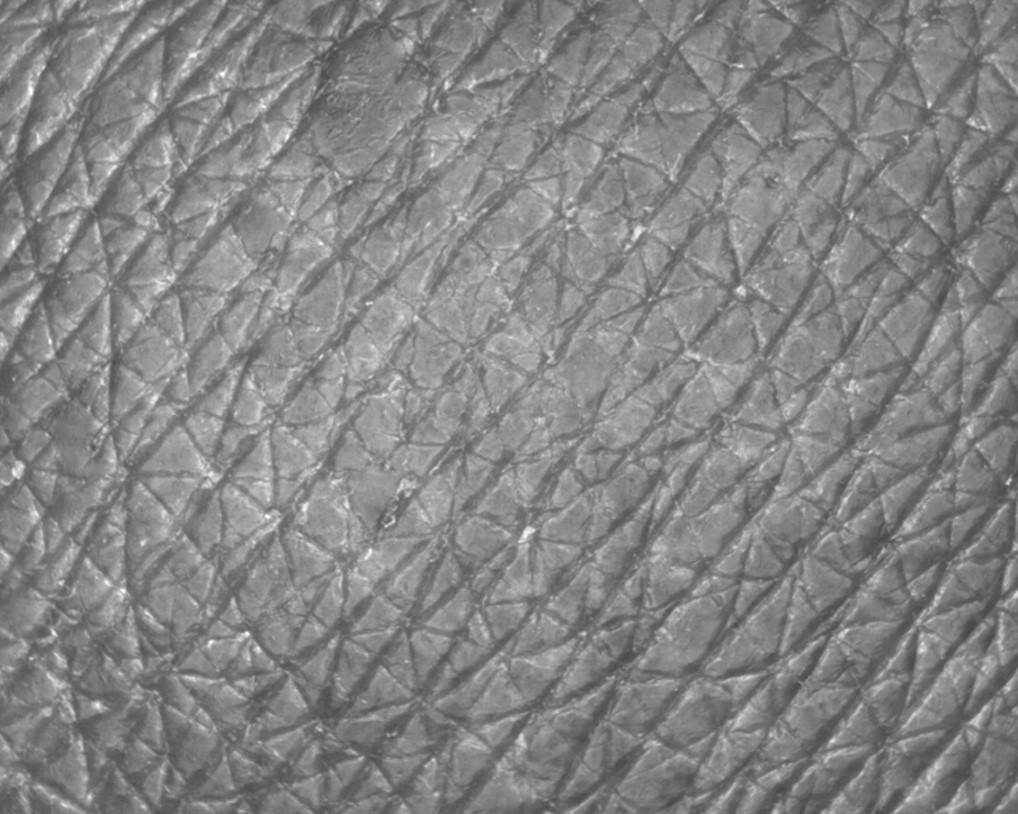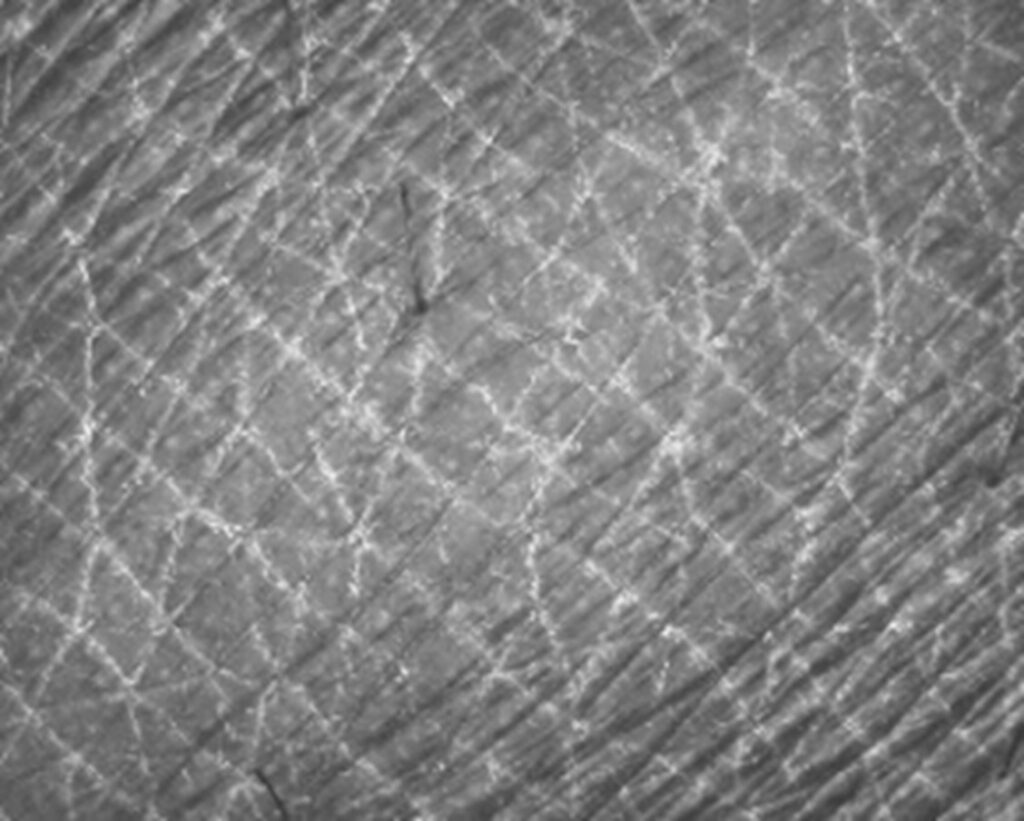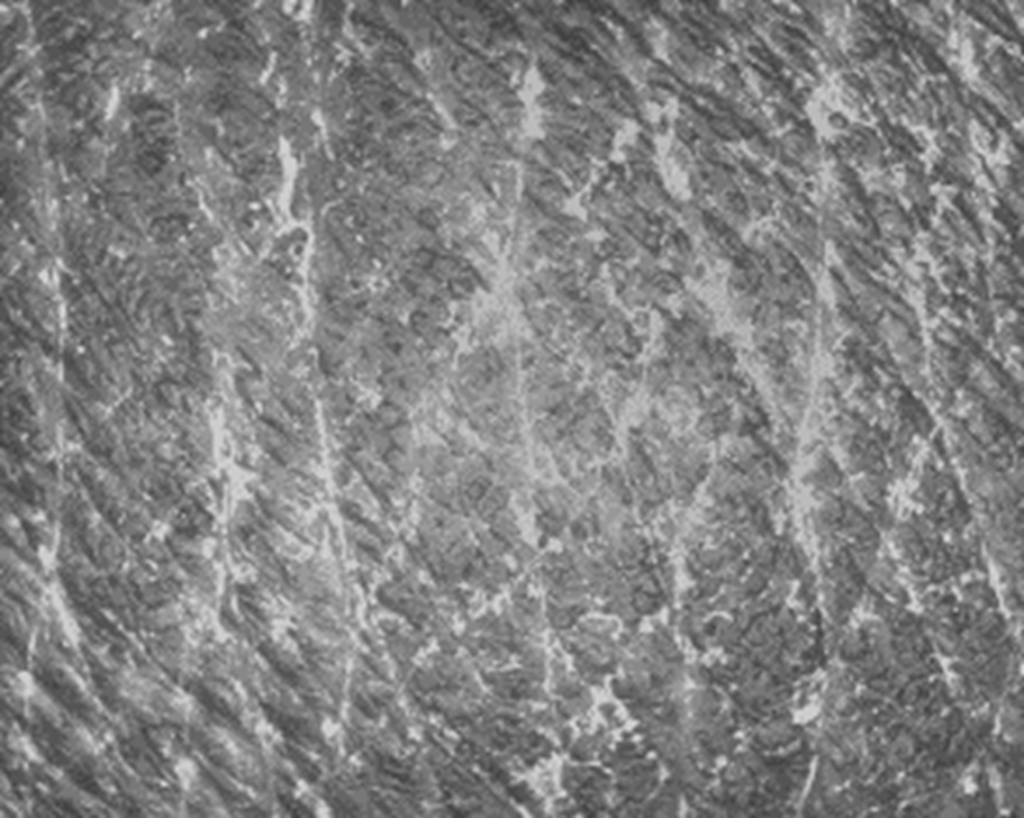Bridging Skin and Brain: Using EEG to Explore Acupuncture’s Effect on Atopic Dermatitis
Atopic dermatitis (AD), often called eczema, is more than just dry or itchy skin. It’s a chronic, relapsing condition that can disrupt sleep, affect confidence, and impact daily life. Living with atopic dermatitis means living with an itch that never quite goes away. While creams and medicines help, flare-ups often return, leaving patients searching for better answers. Today, science is uncovering new ways to look at AD not just as a skin problem, but as a deeper connection between the skin, the immune system, and the brain.
The interrelation between the Itch and the Brain
Itch is meant to be protective—it warns the body when something is irritating the skin. But in atopic dermatitis, this natural response spirals into the relentless itch-scratch cycle, where the urge to scratch becomes almost impossible to resist. Instead of stopping at protection, the itch in AD engages deeper brain networks, making scratching feel habitual and uncontrollable.

Neuroimaging studies show that itch is processed by a complex itch matrix in the brain, involving sensory, motor, and emotional regions, much like pain. In AD patients, the basal ganglia, which controls movement and habit formation, is more active, while healthy individuals show stronger responses in regions like the thalamus and insula. This suggests that in AD, brain circuits tied to planning and repetitive behaviours—the corticostriatal pathway—are heavily involved, making scratching deeply wired rather than just reflexive. Understanding these brain-skin connections opens new possibilities for therapies that target not just the skin, but also the neurological drivers of itch.
For centuries, Acupuncture has been used to relieve pain, stress, and restore balance in the body, and today modern research suggests it may also help ease symptoms of atopic dermatitis. By stimulating specific points, acupuncture can reduce itch intensity through the release of endorphins and modulation of brain activity, while also balancing immune responses to calm the inflammatory pathways that drive AD. In addition, it has been shown to improve sleep quality, often disrupted by persistent night-time itching, and to lower stress—a well-known trigger for flare-ups—together offering a holistic approach that addresses both the skin and the underlying mind-body connection.

While acupuncture provides relief, the question remains: how exactly does it influence the brain? That’s where electroencephalography (EEG) comes in. EEG is a safe, non-invasive tool that measures brainwave activity in real time. In people with AD, EEG has revealed unusual patterns in brain areas linked to itch, movement, and habit. By using EEG alongside acupuncture, researchers can see how brainwave activity shifts before and after treatment. This not only gives objective evidence of acupuncture’s effect, but also helps identify which brain circuits are calming down as the itch lessens.
At NovoBliss, we are pioneering a unique approach that pairs acupuncture with EEG monitoring to better understand—and treat—atopic dermatitis. Patients undergo EEG recordings to map their brain’s itch activity, then receive targeted acupuncture sessions, and finally repeat EEG to track changes.
This dual approach offers two powerful insights:
- Patients report feeling less itchy and more at ease.
- EEG data confirms that the brain’s itch-related activity becomes calmer and more regulated.


Conclusion
Atopic dermatitis is far more than a skin condition—it is a complex interplay between the immune system, the brain, and behaviour. By combining the ancient wisdom of acupuncture with the modern precision of EEG, NovoBliss Research has developed and executed this integrative approach which not only validates the relief patients feel but also provides measurable evidence of change within the brain itself. As research continues, this brain-skin pathway may open the door to more effective, holistic, and personalized treatments for AD—bringing patients closer to lasting relief and a better quality of life.



